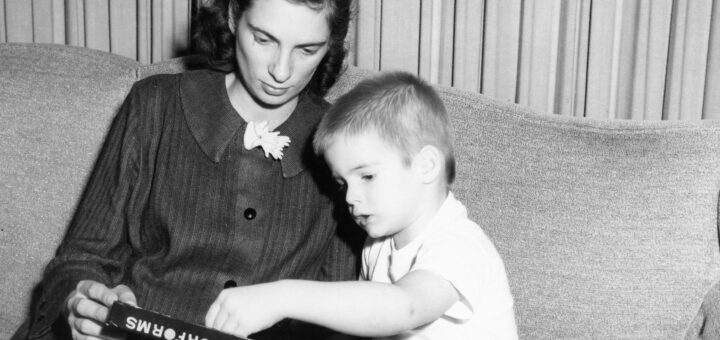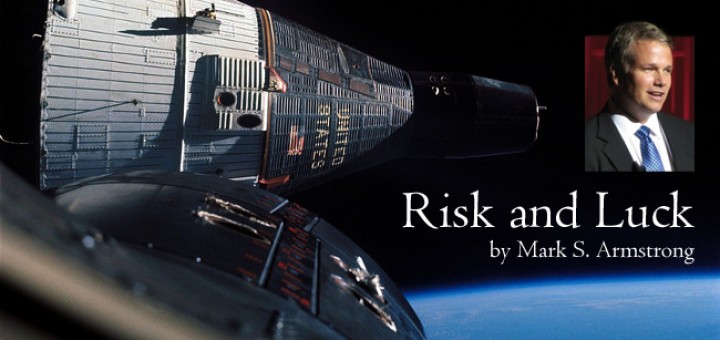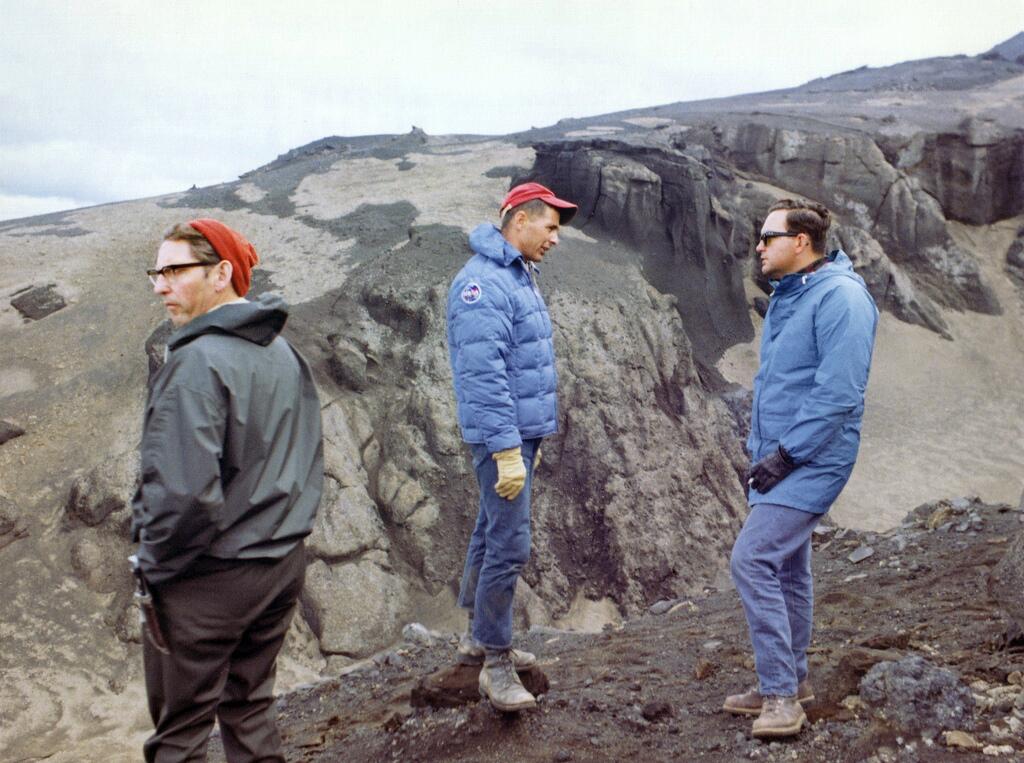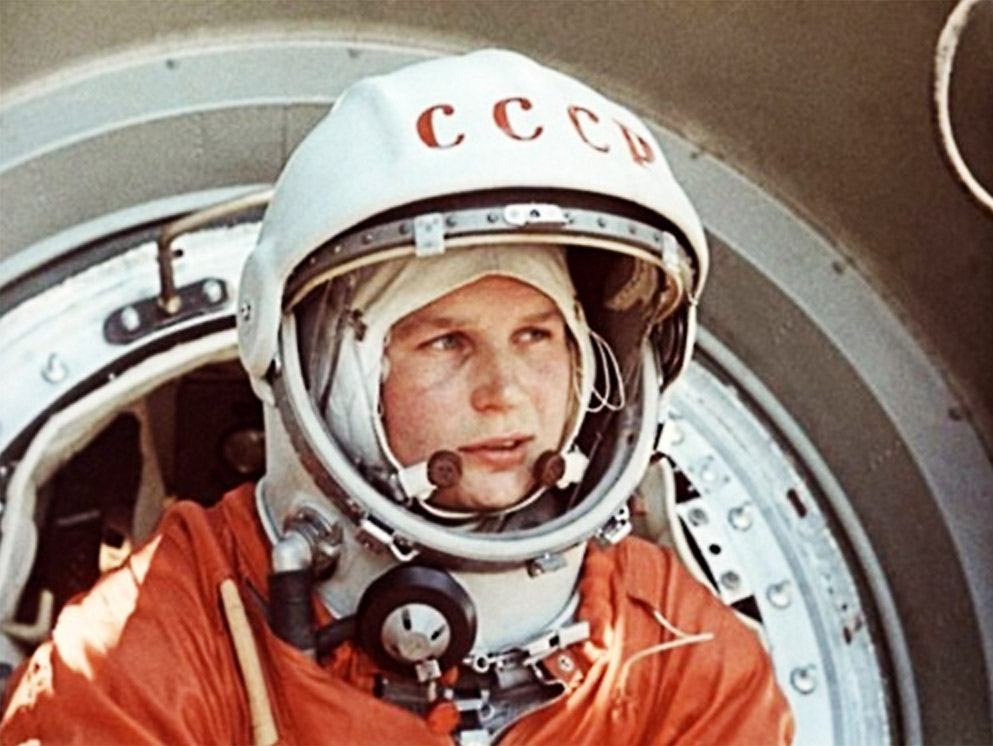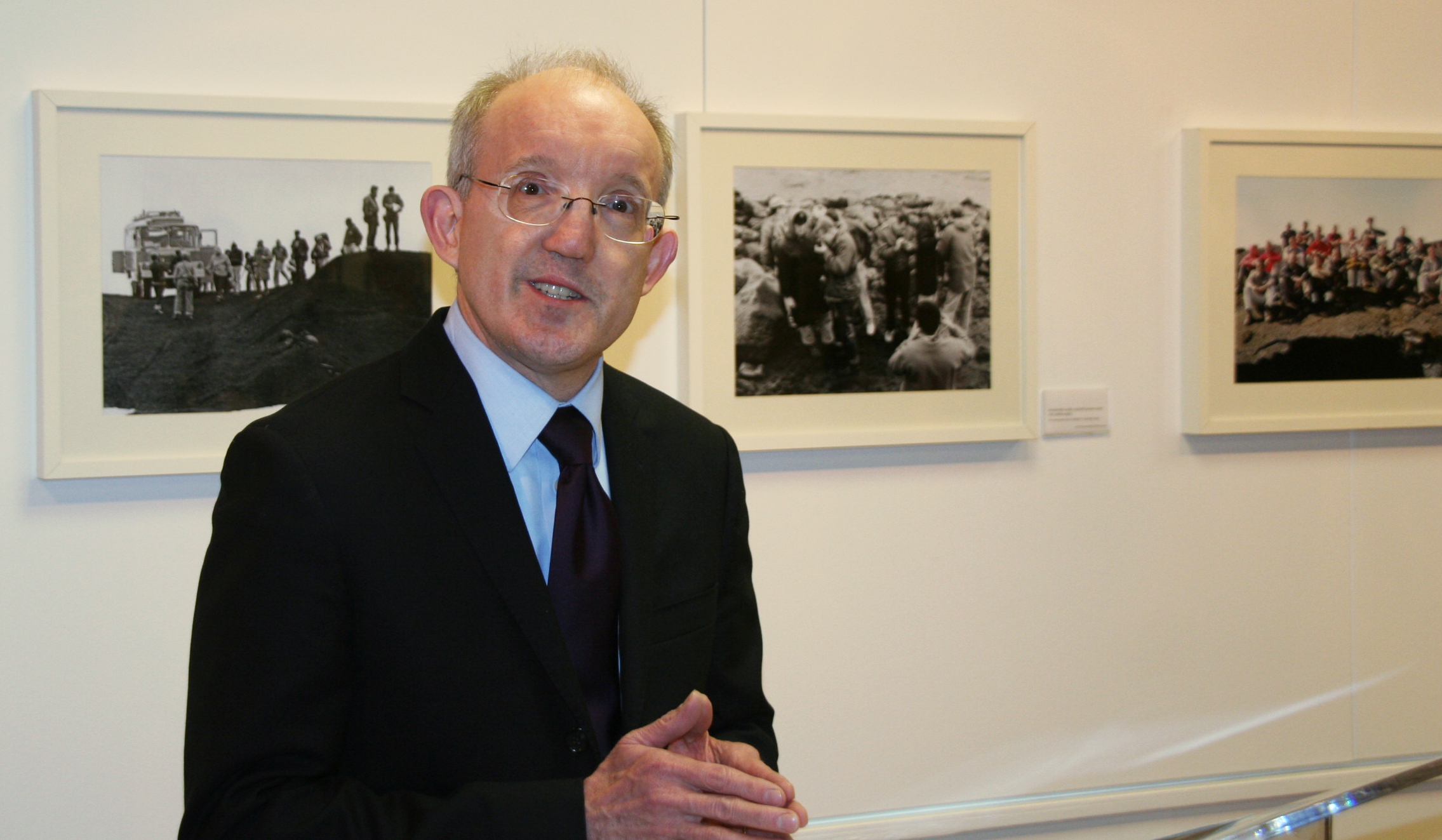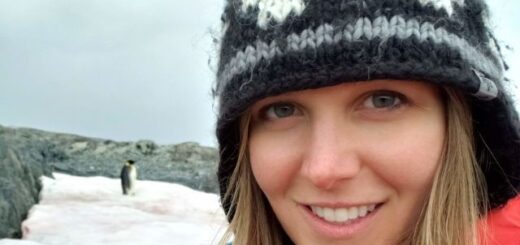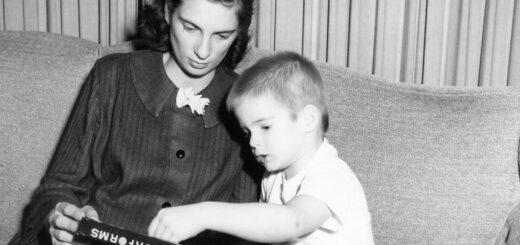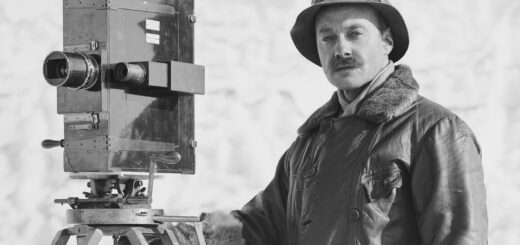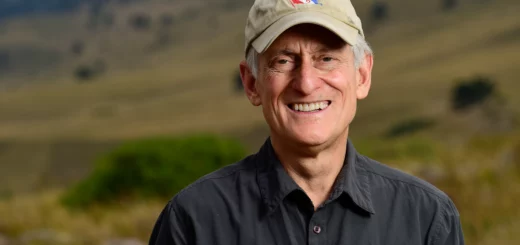The Exploration Museum Announces the Beverly Turner Lynds Memorial Scholarship for Young Women in STEM
Húsavík, Iceland – November 19, 2024 – The Exploration Museum in Húsavík, Iceland, is proud to announce the establishment of the Beverly Turner Lynds Memorial Scholarship, a new program to empower and support young women...
